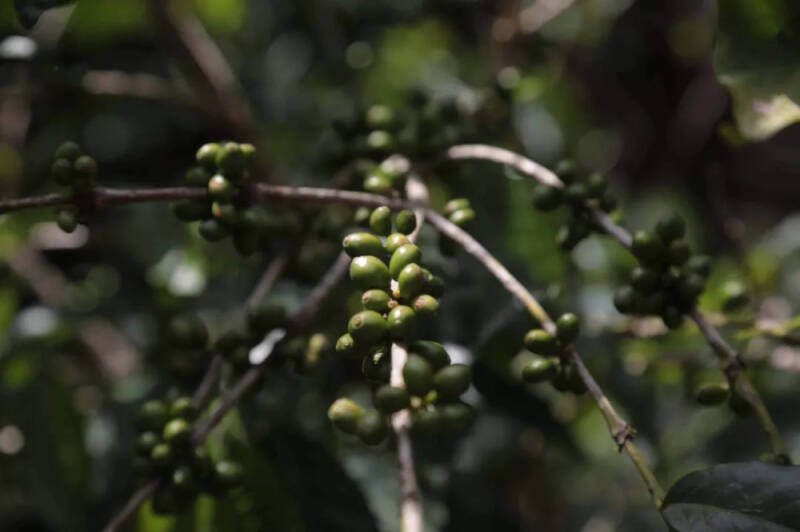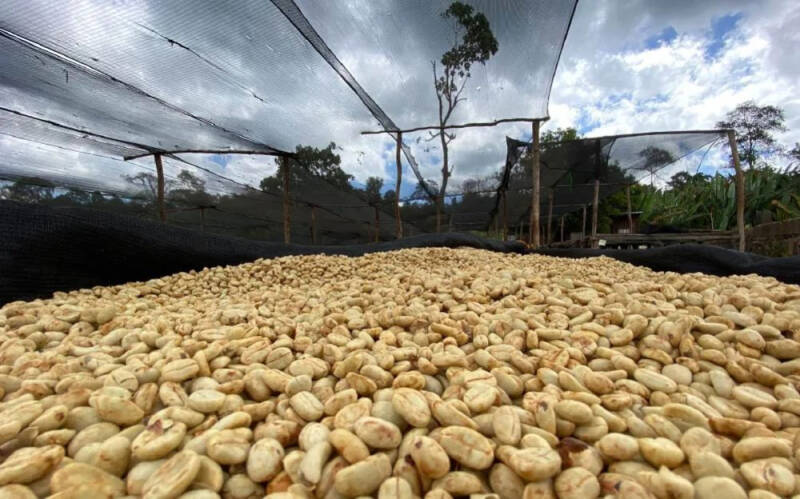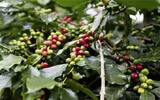Introduction of Ethiopian Coffee Variety introduction of Ethiopian native species Heirloom and 74Coffee 75
Usually when buying Ethiopian coffee beans, most of the beans on the package appear "Heirloom". Heirloom in Chinese translation means native seed or family heirloom, generally refers to the mixed harvest of coffee varieties. However, recently, there are still some digitally coded bean species, such as 74110, 74158 and so on.

The local coffee cultivation and production in Ethiopia is mainly divided into three categories. The first category is wild forest coffee. Most wild coffee trees grow in southwestern Ethiopia, and the coffee trees themselves have been mixed with many varieties. Therefore, the fecundity and yield are not as good as the high yield and quality of other artificial breeding. The second is courtyard planting, which is basically planted next to farmers, with about 100 coffee trees per household, which is the planting mode on which most small farmers rely for survival. Finally, there are large farms, coffee or estates, which are mainly intensive farms and adopt standardized farming methods.
Ethiopian coffee from a single manor is not lacking, but relatively few. Many come from common cooperatives, and the cooperative society collects coffee berries from farmers in a region for unified treatment and sale. It is estimated that there are 10000 to 15000 coffee varieties in Ethiopia today, and most of them have not yet been formally identified. Therefore, Heirloom does not refer to a certain type of coffee variety, it represents the blending of raw beans in the producing area, and the cooperative gathers the harvest of a number of small farmers in the same period, and then piece together each other. It is precisely because of the differences among varieties that the size, size and shape of these coffees are different, ranging from large to small, long and round, which can be understood as "blended batches".

Therefore, Ethiopian coffee varieties are divided into two types: JARC varieties and regional varieties. It is estimated that there are 10000 to 15000 varieties of coffee grown in wild Ethiopian forests in the region, so it is difficult for farmers to identify and separate varieties, only on farms or private estates. Collectors and producers can better distinguish each planted variety.
The JARC variety is developed by the Jimma Agricultural Research Center (JARC), one of the Ethiopian Agricultural Federal Research centres, which aims to improve resistance to pests and diseases and increase yield. Between 1973 and 1975, the research center identified and planted 639 different coffee varieties through coffee beans collected from 15 regions. In these samples, a total of 13 beans performed well, with the characteristics of disease resistance, high yield, drought tolerance and good flavor.
Therefore, JARC classifies these beans as "1974/1975CBD-Rexistent Selections". That is, the numbering series, and the common ones are 74110 and 74158. The first two digits, 74x75, refer to the year in which they were found, while the number after 74ap75 is the variety number.
The popularity of the digital series is attributed to the COE, which is famous because only three of the top 10 COE were iron pickups and the other seven beans were digital series. At present, Qianjie also has a digital series of beans, a coffee bean from the Santa Veni processing plant, is 74158 varieties, using 96 hours of anaerobic sun exposure. The taste will have a slight fermented wine, with citrus and other tropical fruit flavors and acidity, a red wine finish, smooth and full taste.
Important Notice :
前街咖啡 FrontStreet Coffee has moved to new addredd:
FrontStreet Coffee Address: 315,Donghua East Road,GuangZhou
Tel:020 38364473
- Prev

What is the tea taste described by the coffee flavor? Does the astringency of black coffee mean the sense of tea?
Many people know that although there are not many words about tea in the theory of taste, people who have known about tea since childhood often use the sense or aroma of tea to describe it when tasting coffee. However, everyone seems to have their own understanding of the "sense of tea" in the description of coffee flavor. Some people think it is the smell of some kind of tea.
- Next

Vietnam Coffee Cocoa Association expects Vietnam coffee prices to continue to rise in 2024
Recently, the Vietnam Coffee Cocoa Association (Vicofa) said that due to the serious shortage of coffee supply, the price of Vietnamese coffee is expected to continue to rise in 2024. Spot prices of Robusta coffee this week are around VND 67,200-68,000/kg (USD 2.77-2.8),
Related
- What effect does Italian American coffee with filter paper have? Will coffee taste better if it is put on filter paper at the bottom of the powder bowl?
- What is the color difference in coffee beans? What are the characteristics of honey processed coffee beans? Why are the anaerobically treated coffee beans uneven in color?
- How does novice Xiaobai quickly get started and make coffee? Newbies learn to make coffee by hand and share the specific steps and process process!
- Costa tea has a shelf life of 100 years?! Expert: Unable to verify
- It's a huge uproar! American milk addition was rejected by Manner employees?!
- Mocha pot coffee bean recommendations| How fine and how much powder should be used for grinding? What parameter ratios do I need to use to make milk with Mocha pot coffee?
- What are the characteristics of the world's top ten coffee beans treated with Costa Rica honey? How to make black honey kadura from Tarazhu Pilon Processing Plant taste good?
- How to make deep-roasted coffee? What grinding water temperature does authentic Jamaica Blue Mountain No. 1 coffee use to brew it well?
- Selected high-grade rose summer coffee flavor tasting guide Why Panama rose summer has the aroma of flowers and fruits
- What equipment does a novice Xiaobai need to buy to learn to make coffee? Filter cup electronic scale bean grinder manual flushing pot purchase guide

